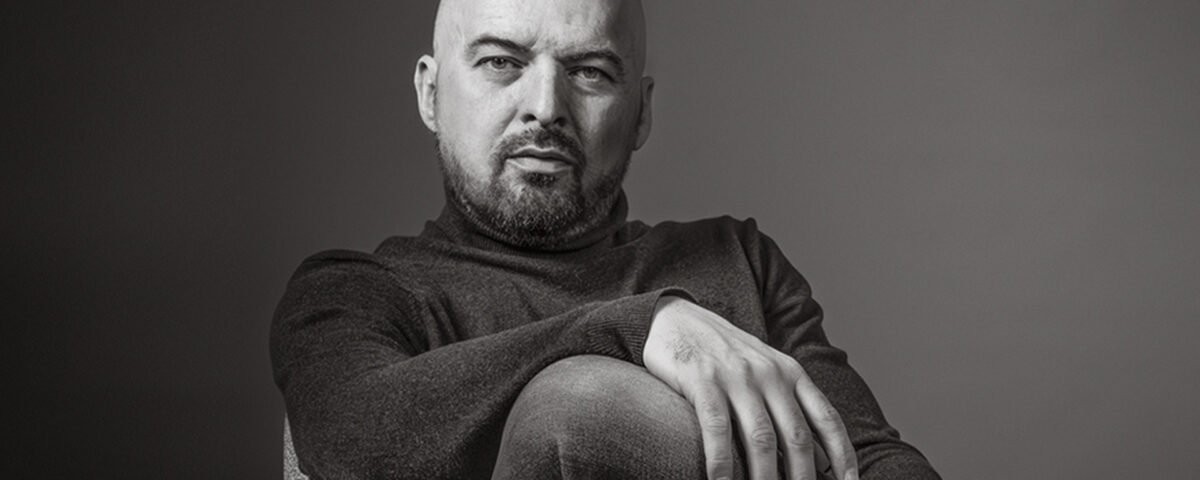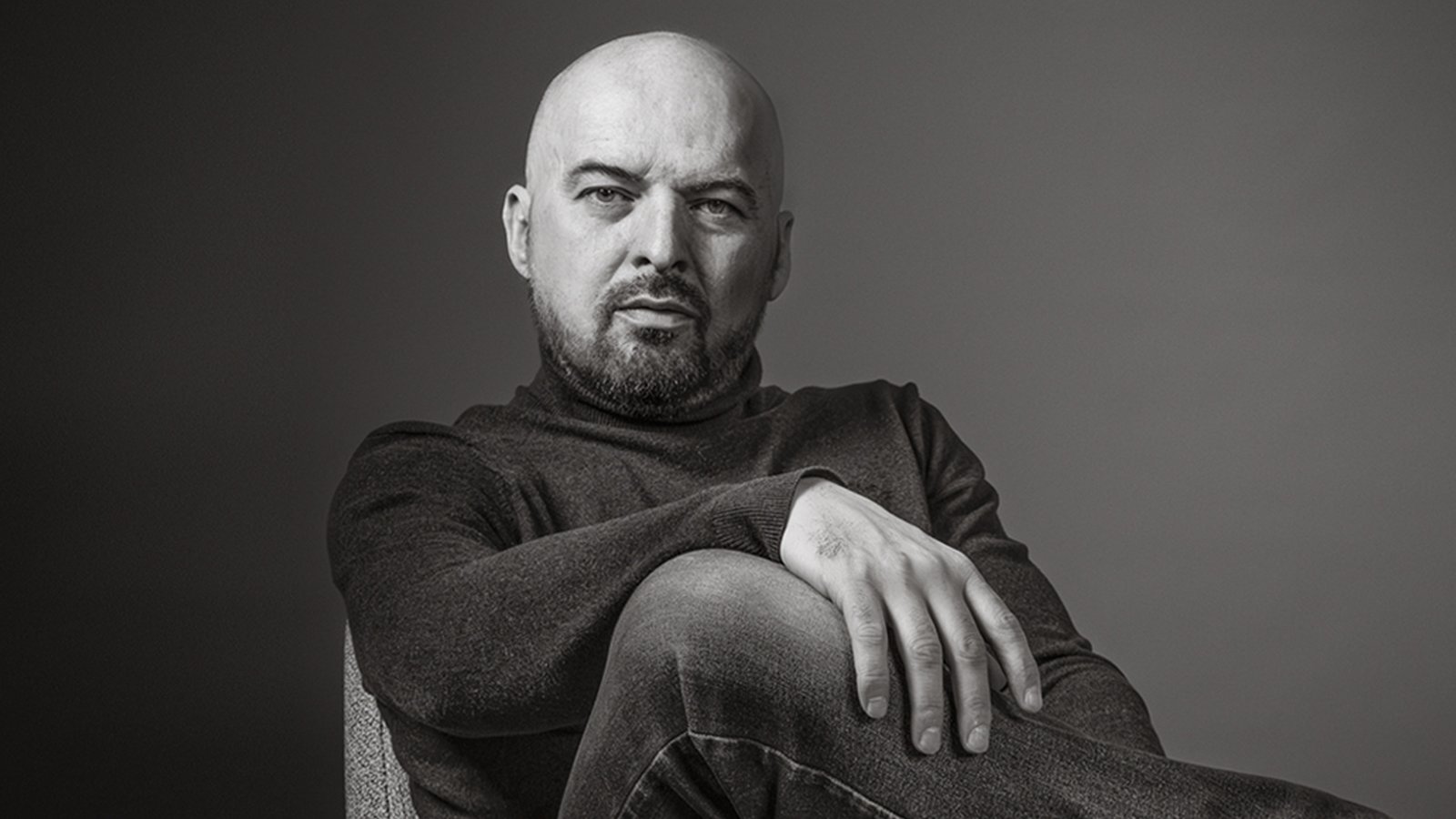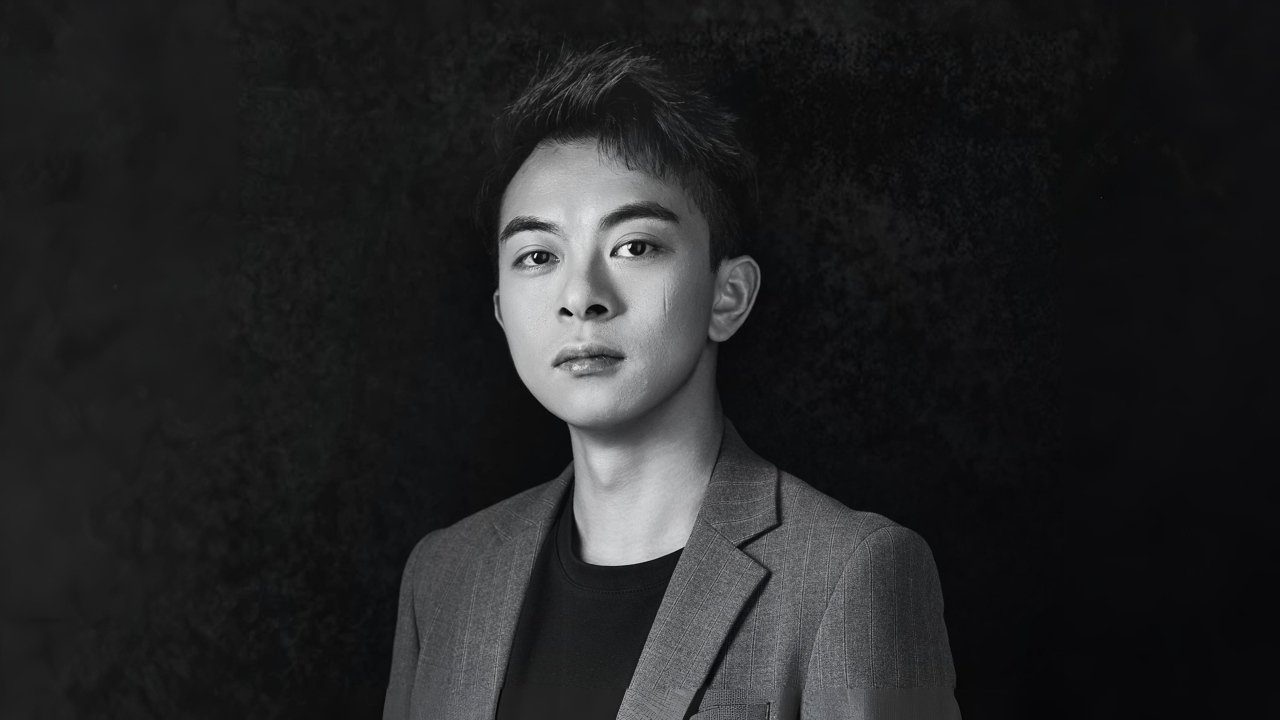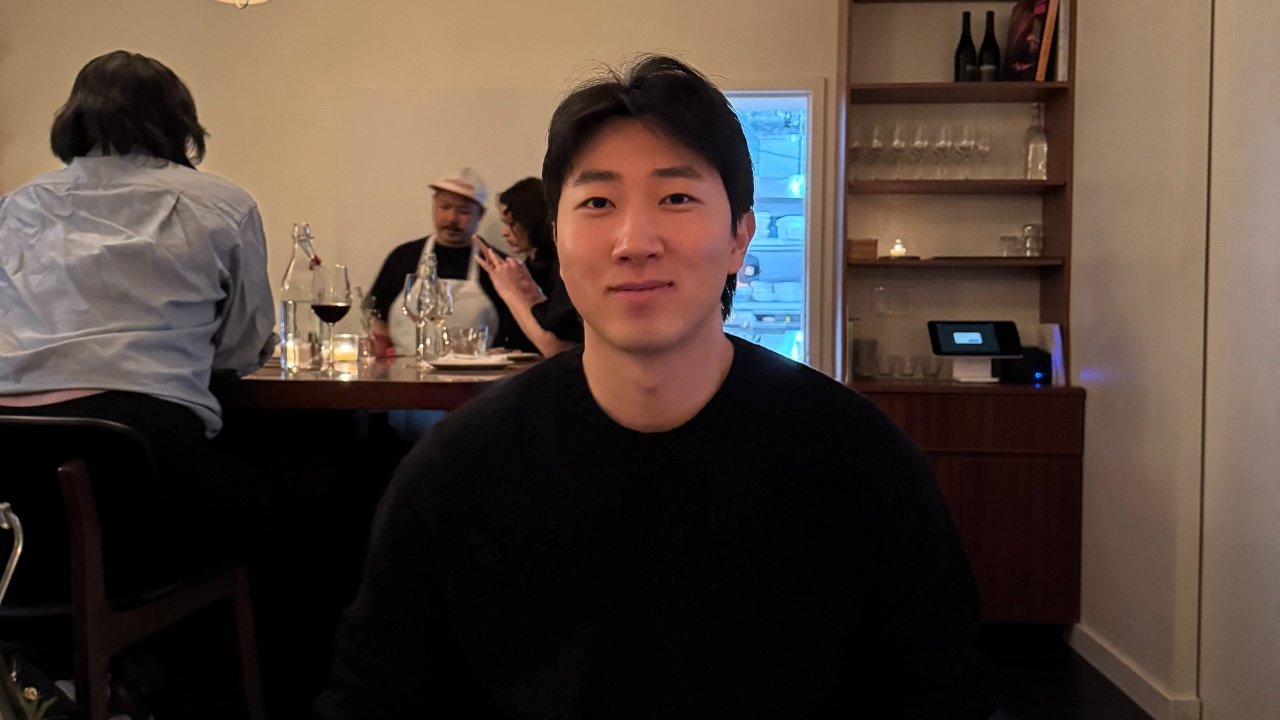
Retail Reinvented: How Deloitte’s Saurabh Vijayvergia Powers Change with AI
July 3, 2025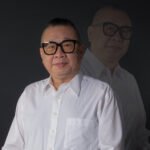
Capturing Emotion and Meaning: An Interview with Shang Yao Yuan
July 3, 2025Boris Benko
With a creative journey spanning over 25 years, Boris Benko channels his design roots into fine art photography, crafting moody, introspective visuals that ask viewers to look twice—and feel deeper, uncovering meaning in quiet moments and understated details.
I took my first photograph over 30 years ago, and photography has always been part of my creative journey. As a multidisciplinary visual artist with a university degree in graphic design and nearly 25 years of professional experience as a designer and illustrator, photography evolved naturally from my work in illustration and visual art projects.
Inspired by dark, moody, and minimalist visual art, I began pursuing photography seriously in the past few years. For me, photography is not just about documenting time; it’s about searching for and revealing the deeper, layered meanings hidden beneath the surface of ordinary life.
The inspiration behind the ‘Tangled in Red’ piece, like much of my work, explores human isolation within modern society—specifically the inner conflict between willing isolation and a yearning for the external world. ‘Tangled in Red’ reflects the fragile tension between control and self-imposed confinement, where strings of thought pull in every direction.
The contrast between the figure’s form and the dark backdrop evokes psychological entrapment, questioning whether the forces that hold us back come from the outside world or our own minds.
Winning this award strengthens my commitment to fine art conceptual photography, affirming my decision to focus on this field despite ongoing experimentation with different styles and approaches.
When deciding which photo to submit for a competition, it often comes down to that “right” feeling—the gut instinct I get when everything falls into place. With Tangled in Red, I had that moment right from the shoot, during scene preparation, and even earlier during the ideation and planning process. Some photos just come together naturally, where all the pieces align to create something special.
A few days before submitting, a friend gave me similar feedback, saying the photo gave her goosebumps and felt uniquely special. I decided to submit just one photo, and Tangled in Red felt like the obvious choice.
The initial spark that made me pick up a camera came from a fascination with how moments can be captured and preserved forever. Growing up, I was always drawn to old photographs—those of people and places—especially from a collection of boxes full of photos belonging to my great-grandmother.
I marveled at how a single image could freeze a moment in time, and that fascination has evolved into my pursuit of capturing the emotional complexity and sense of alienation that define the human experience in the modern world.
There’s something captivating about the interplay between dark elegance and minimalism in my vision of fine art photography. The surreal, almost otherworldly aesthetic draws me in, and I’m fascinated by how composition can create such a powerful atmosphere.
Aesthetics are central to my work, but the personal approach and exploration of layered concepts and dualities within modern society are equally important.
My go-to camera setup is the Fujifilm X-H2, which I absolutely love for its look, feel, and outstanding image quality. For most of my work, I use the FUJIFILM XF33mm F1.4 prime lens or the FUJIFILM XF56mm F1.2 prime portrait lens.
These lenses are my favorites because of their excellent low-light performance, beautiful depth of field, and sharpness—crucial qualities for my work. I mostly shoot in a controlled studio environment, using a tripod for stability and long exposures (sometimes 5–10 seconds or more), controlling the camera remotely via a smartphone app.
I prefer continuous studio lighting over strobes because it allows me full visual control over the lighting and atmosphere throughout the shoot. My primary lighting source is the Aputure Light Storm LS C300X, often combined with a softbox and honeycomb grid. I also sometimes incorporate two secondary RGB LED lights for added versatility and creative control.
One of the biggest advantages of my setup is having my own photo studio as part of my atelier. It gives me the freedom, control, and time to meticulously prepare each scene and creative concept. Working with a 50% grey backdrop allows me to create a range of backgrounds—from black to white and everything in between—helping me achieve the precise mood and atmosphere I envision for each project.
I strive for my work to evoke introspection, emotional tension, and a sense of isolation. My photography explores the delicate balance between fragility and strength, the longing for connection, and the often self-imposed isolation we experience in life. I hope viewers are drawn to how these themes manifest through the subjects—capturing their inner world, solitude, and quiet yearning for change.
I want my work to prompt reflection on how isolation, whether physical or emotional, shapes our experiences and influences our relationships with ourselves and the world around us.
The most challenging part of capturing my winning shot was preparing the scene and positioning the red rope exactly as I envisioned. Wrapping and stretching it around the doll model while securing multiple points outside the frame was a meticulous process that took several hours.
Working alone meant every adjustment required patience and precision to maintain the intended composition. Finding the right red rope was also a challenge—I searched extensively before finally settling on a red laundry rope. In the end, all the effort was essential to achieving the clear concept I had from the start: red strings of thought pulling in every direction.
My biggest influence in photography comes from my background in design and illustration, as well as my ongoing exploration of human alienation, surrealism, and introspective themes. With nearly 25 years of experience in visual arts, I’ve developed a strong sense of composition, minimalism, and conceptual storytelling—elements that naturally found their way into my photography. However, the most significant influence has been the creative process itself.
Photography became an extension of my artistic vision, allowing me to construct scenes with precision and control. Since the beginning of my professional artistic career, I have experimented with photo manipulations and composite art, shaping the way I approach photography. Working with synthetic objects, carefully orchestrated lighting, and meticulous compositions has enabled me to craft images that feel both surreal and emotionally charged.
Every detail, from the choice of materials to the way light interacts with the subject, contributes to the atmosphere I want to convey. This hands-on experimentation and control over every element of the frame have had the greatest impact on my work, pushing me to refine my style and explore deeper narratives.
Participating in photography awards is not just about recognition—it’s a way to refine your vision, push creative boundaries, and gain momentum in your artistic journey. Awards provide a boost to keep going, build confidence, and offer validation that others connect with and admire your work.
My biggest advice is to stay authentic. Don’t create based on what you think judges want to see—create something that truly reflects your artistic voice, whether it’s a unique perspective, a compelling story, or an emotion that lingers.
Finally, embrace constraints. Some of the most creative solutions come from limitations in budget, space, or resources. Let challenges shape your vision rather than restrict it.
Be yourself! Don’t focus solely on technical perfection—while skills are important, what truly makes a photograph stand out is its deeper meaning, concept, and emotion. Strive to create images that go beyond the surface and evoke something layered and thought-provoking.
At the same time, don’t overthink—just shoot. Experiment, make mistakes, and learn on the go. The more you explore, the more you’ll discover your unique artistic voice. Photography is a journey, not a destination, so embrace the process and let your vision evolve naturally.
Editing and post-processing play an enormous role in my creative workflow. Each of my photographs is carefully planned and executed—from the initial concept to setting up the scene, lighting, and composition. But the real transformation happens in post-production. This stage is where I refine the atmosphere, enhance the mood, and bring my vision fully to life.
In fact, post-processing takes up the majority of my time when creating an image—roughly two-thirds of the entire process. It’s not just about fine-tuning details; it’s an essential part of shaping the final artistic expression, allowing me to push the boundaries of reality and craft the exact visual and emotional impact I envisioned.
Technology, including AI, is already shaping the future of photography in significant ways. I appreciate AI-powered tools that enhance the creative process, such as those in Photoshop or AI-driven apps for tasks like image resizing, object removal, and noise reduction. These tools can streamline workflow and open up new possibilities without replacing the artist’s vision.
However, when it comes to fully AI-generated images, I remain skeptical. While the technology is evolving rapidly, AI-generated visuals often feel overly polished and lack the organic imperfections that make human-created art so compelling.
For me, photography is about human expression—capturing something real, layered, and emotionally resonant. That’s why I see AI as a helpful assistant rather than a creative replacement.
I would probably focus on finding stories that have impacted humanity with their unique energy, presence, and (mostly) dark vibe, and explore them through a lens of storytelling—capturing the atmosphere, textures, and details in a way that adds depth and meaning to carefully crafted visual narratives.
The ideal scenario would be to travel constantly, visiting and shooting at places and with people worldwide, capturing their essence and impact through my lens.
Boris Benko
With a creative journey spanning over 25 years, Boris Benko channels his design roots into fine art photography, crafting moody, introspective visuals that ask viewers to look twice—and feel deeper, uncovering meaning in quiet moments and understated details.
Explore the journey of Sarah Bellwald, the Gold Winner of the 2025 MUSE Photography Awards. She turned a personal passion into a profession, capturing the soulful bond between dogs and their humans in nature with a lens shaped by emotion, instinct, and years of evolving craft.

